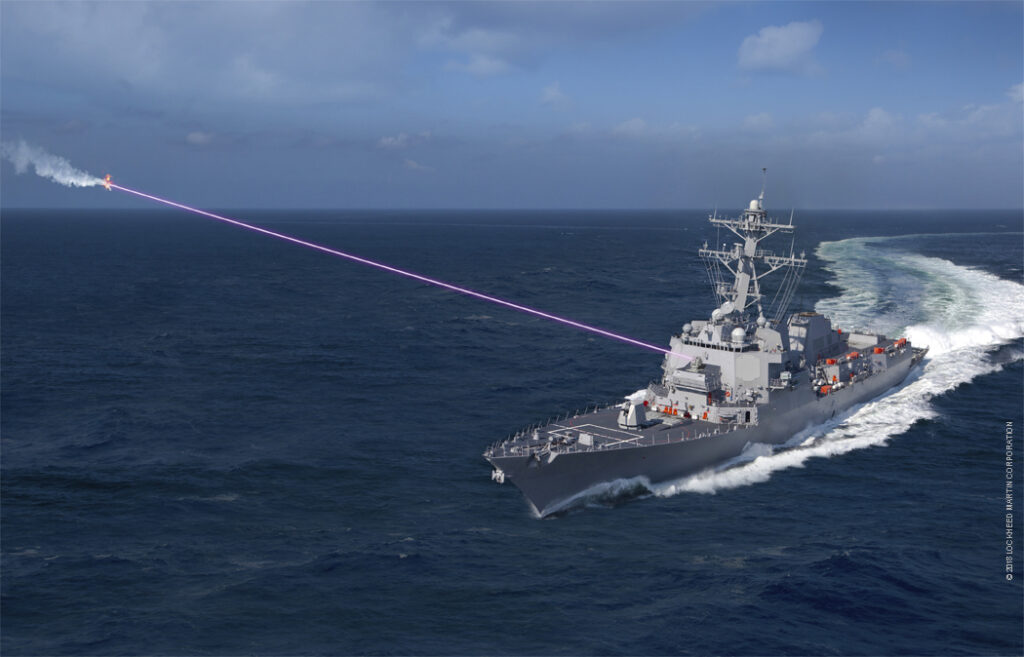Rahul Kanwal
 In an interview, Chaudhry Fawad Hussain said no American warplane had been deployed India Today's findings revealed Nauman Ali Kahn is an F-16 pilot Sourced images show Khan taking part in joint military exercise with US Air Force in 2010
In an interview, Chaudhry Fawad Hussain said no American warplane had been deployed India Today's findings revealed Nauman Ali Kahn is an F-16 pilot Sourced images show Khan taking part in joint military exercise with US Air Force in 2010
Pakistan has consistently denied scrambling F-16s against India in last month's aerial combat that followed the IAF raid on terror camps at Balakot in Khyber Pakhtunkhwa.
"They said they shot down a Pakistani F-16. Pakistan, in the first place, did not use F-16s," said Major-General Asif Ghafoor, their military spokesman, on February 27, a day after the Indian strikes happened.
In an interview to an Australian network on March 1 in Punjabi, Pakistan's federal minister Chaudhry Fawad Hussain echoed that no American warplane had been deployed so far.
PAKISTAN SPRINGS SURPRISE, IDENTIFIES FEB 27 PILOTS















/arc-anglerfish-arc2-prod-mco.s3.amazonaws.com/public/32YCC5BM2VCG5PDOZNXXXCAWGI.jpg)
